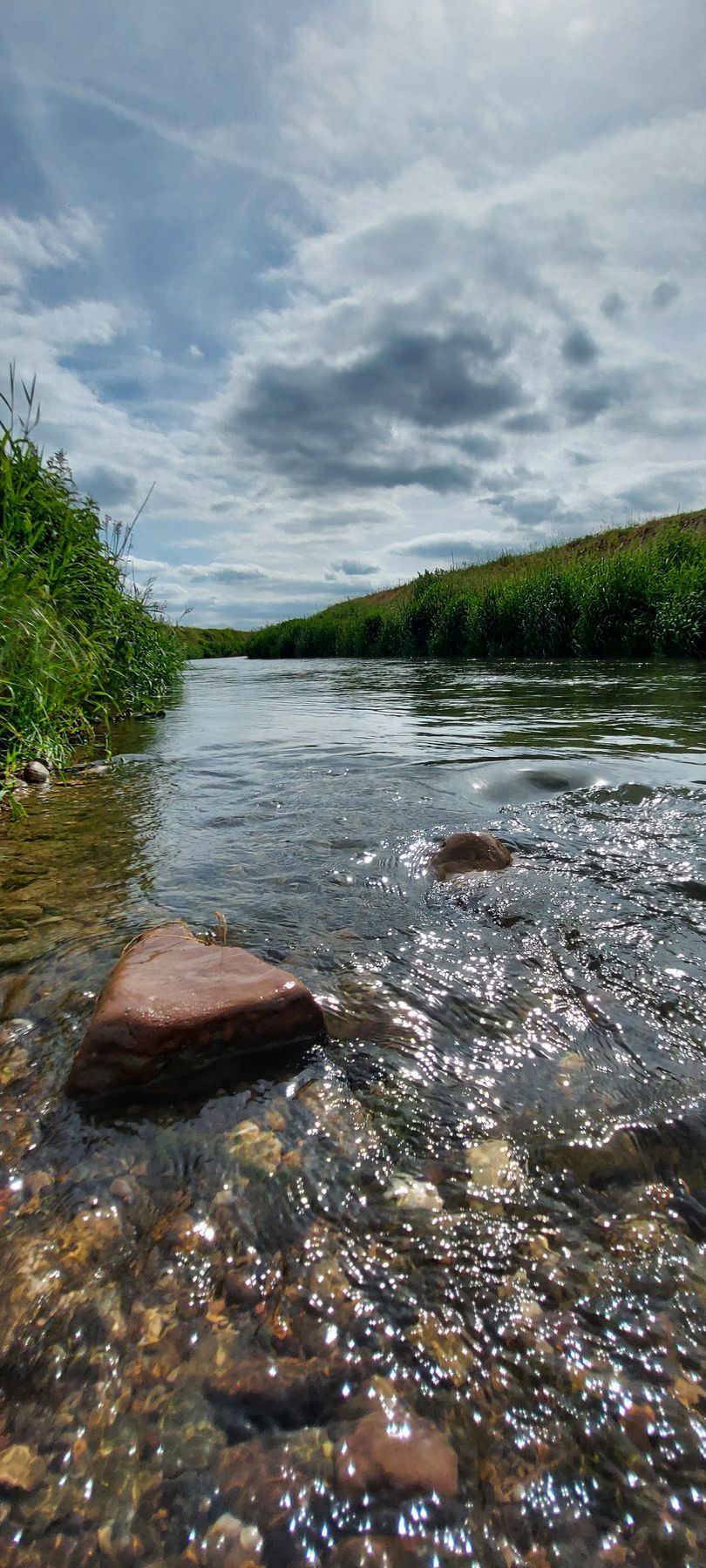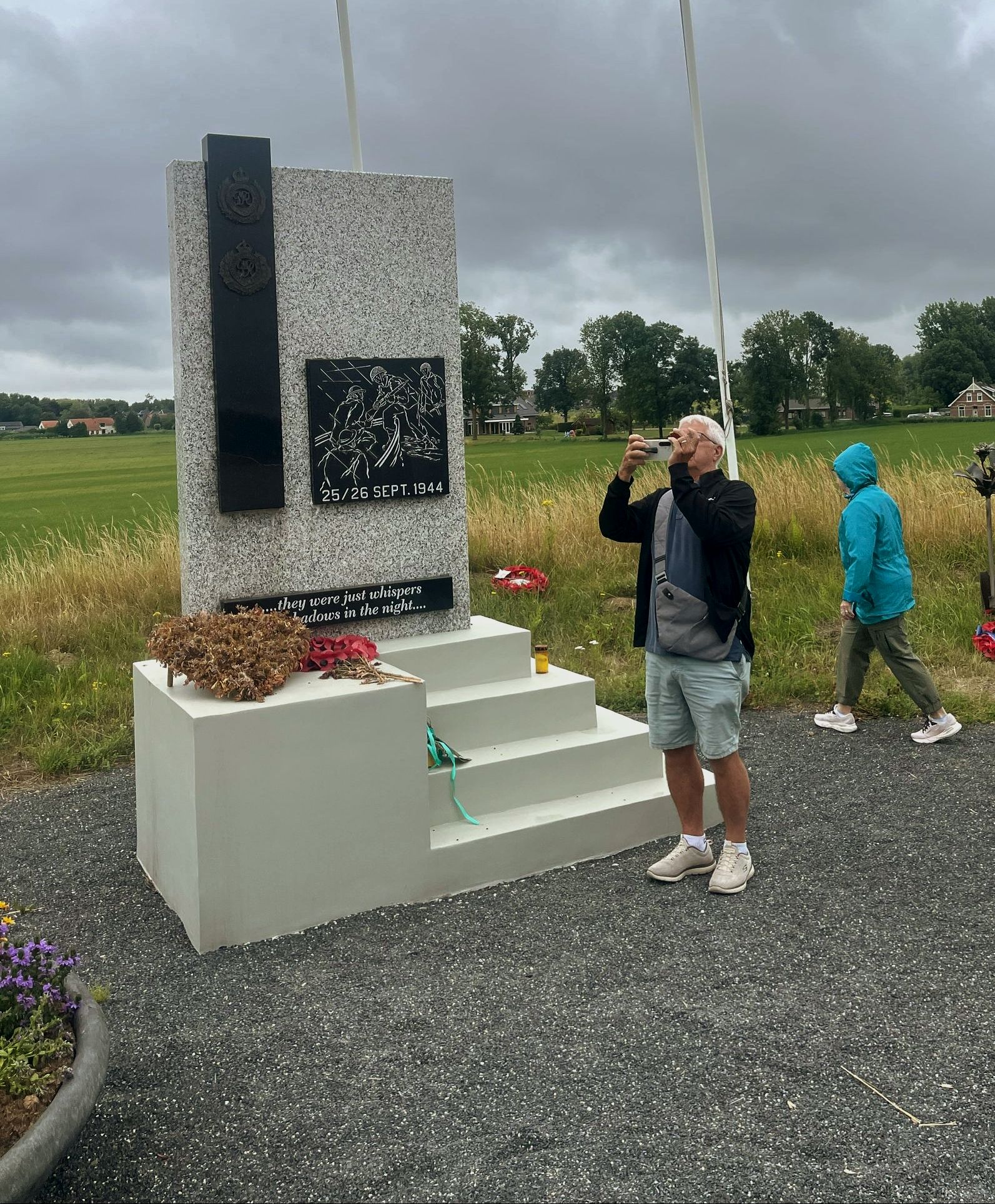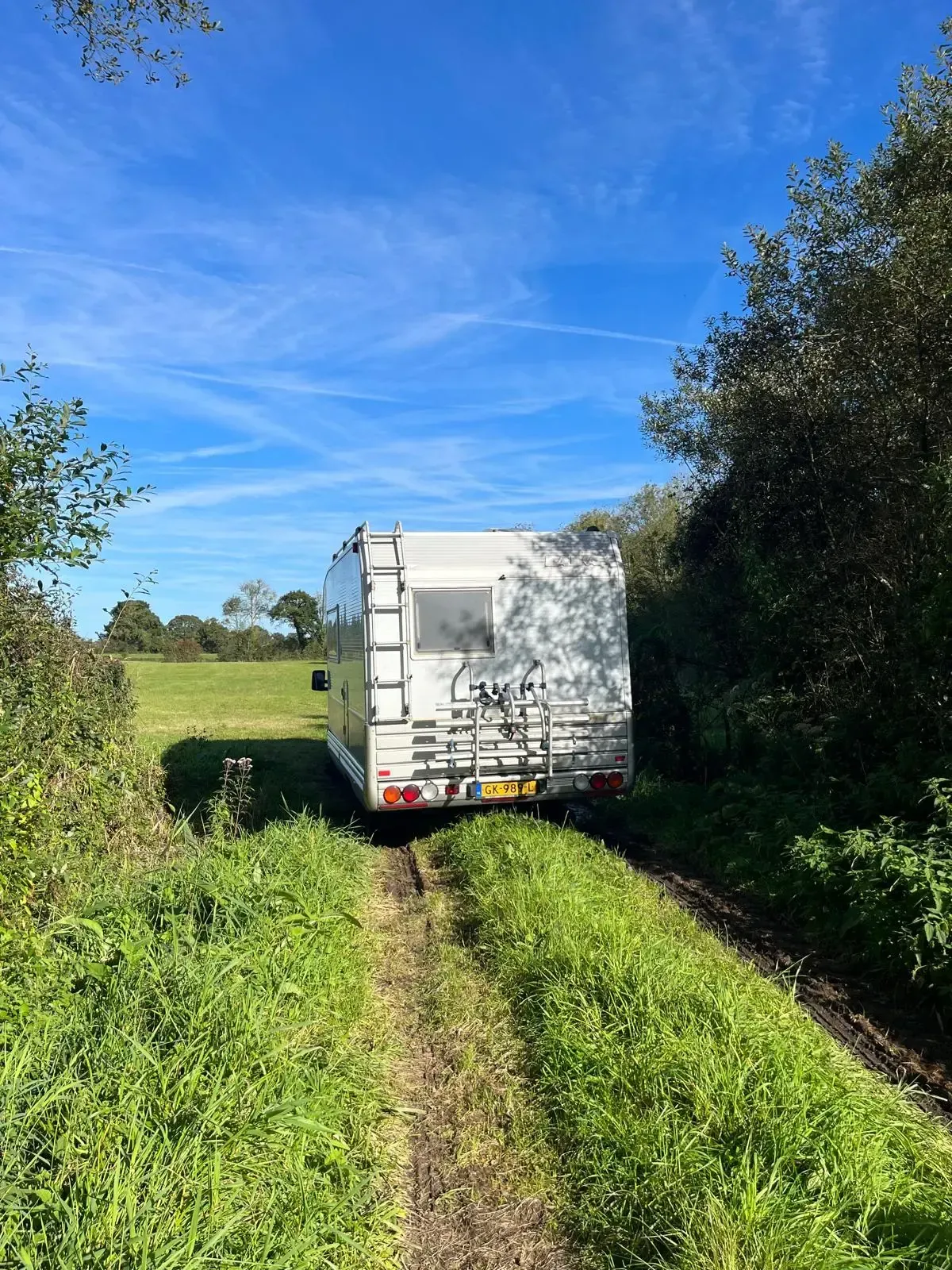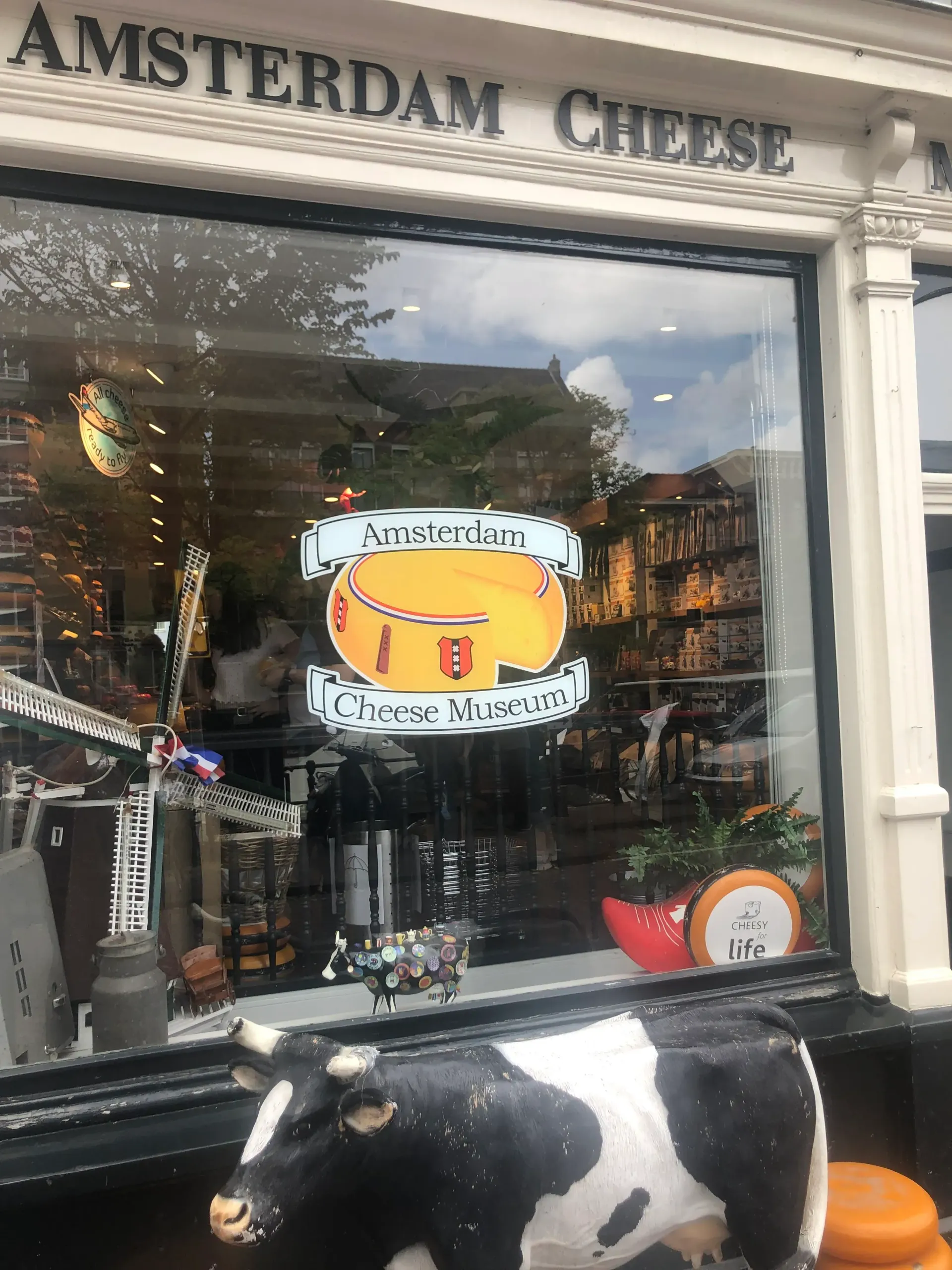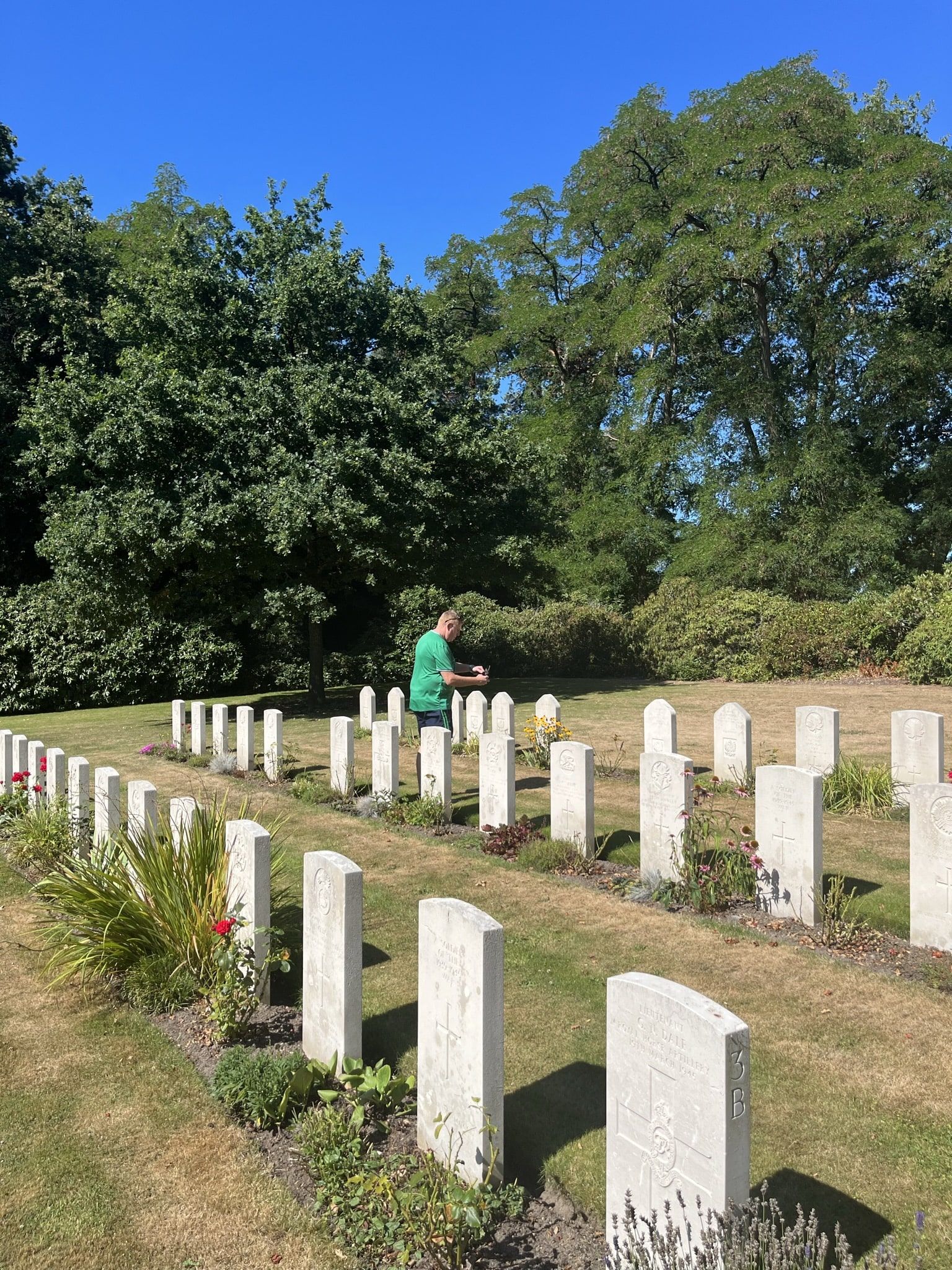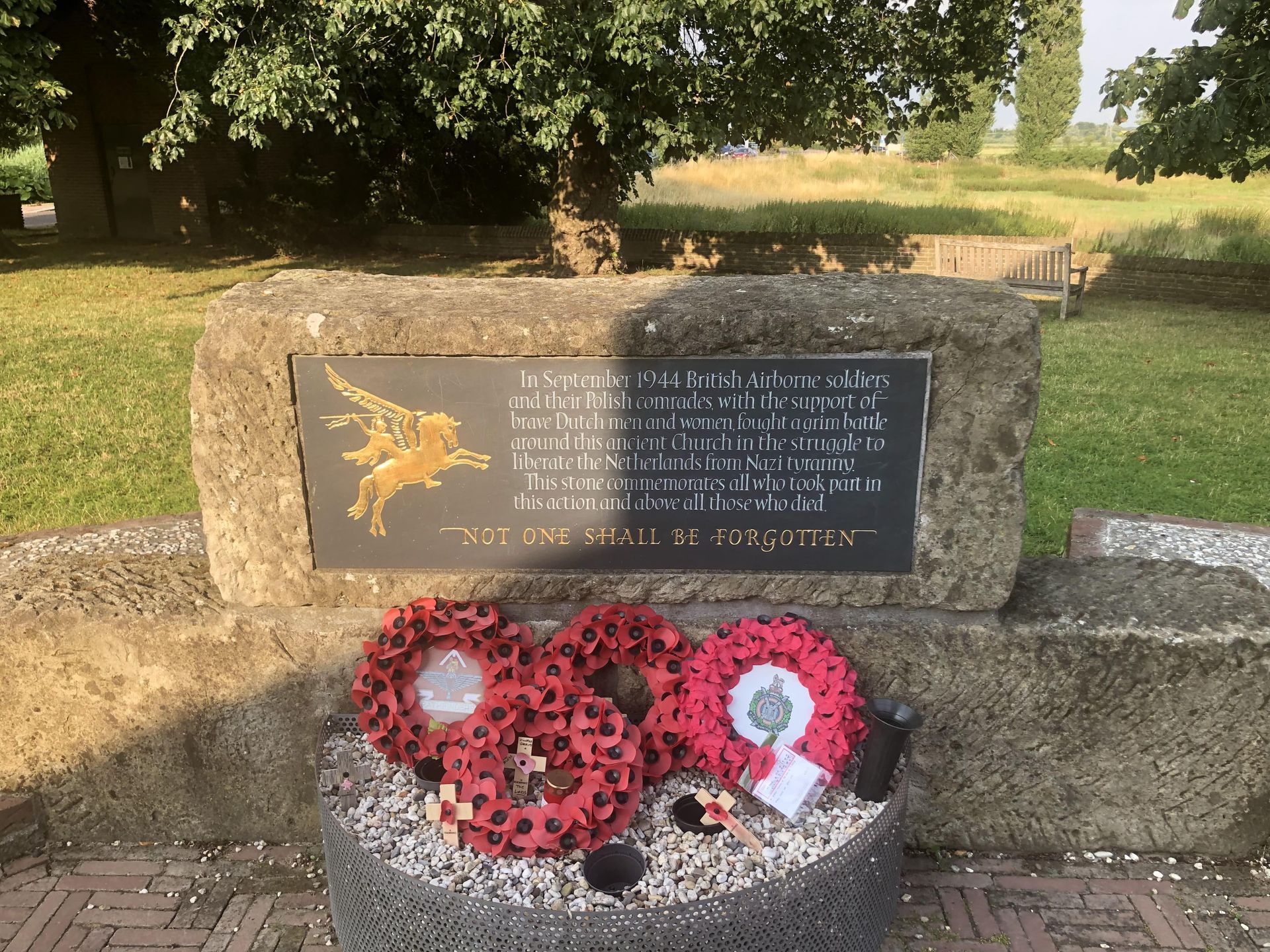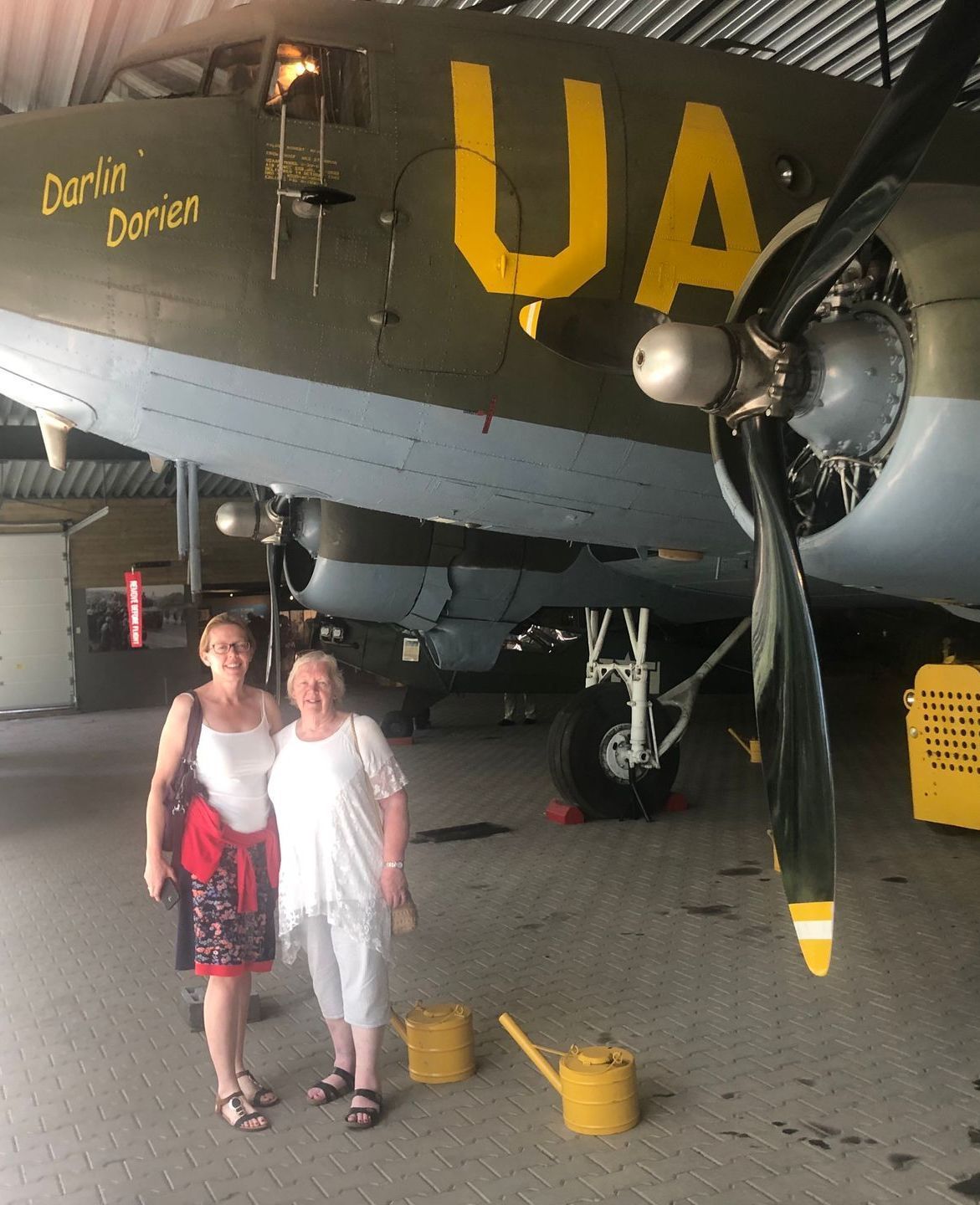The significance of the forest
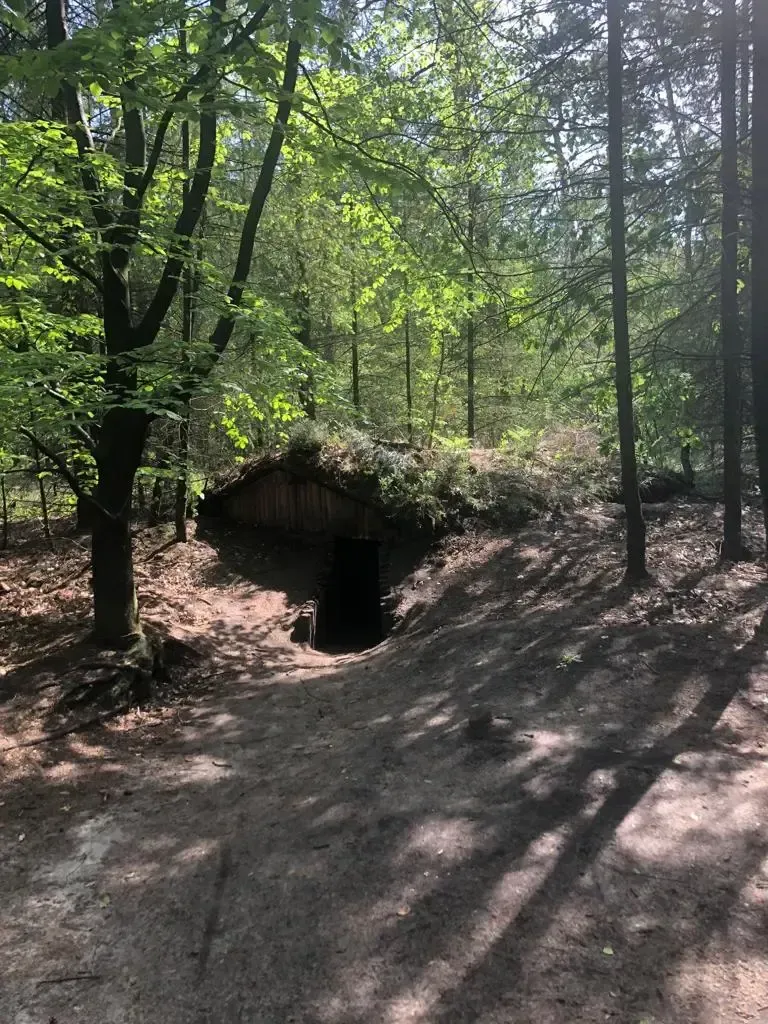
On my way to Camp Westerbork, I often stop at the Hidden Village in the woods near Vierhouten. Here, in 1943 and 1944, people in hiding built a real village of well-concealed huts, three of which have been reconstructed. It’s a beautiful place to share the following insight.
The German culture is deeply rooted in the forest. The first significant victory of the Germanic tribes over the Roman armies occurred in the Teutoburg Forest, an almost mythical battle that has been of great importance to the identity of the Germanic people. Think also of the fairy tales by the Brothers Grimm, the paintings of Caspar David Friedrich and others from the Romantic period, as well as the myths and stories that inspired many of Wagner's operas.
Hitler was a great admirer of Wagner and his operas, and many supporters of Nazism, in search of Germanic identity, often held pagan rituals in remote forests. Greece has islands, the British Isles are rich with stories around lakes, and if you want to delve into German—and thus Nazi—culture, you must go to the forest.
And if you want to try to experience how it was during the war, then the forest is the best place to go. A forest is a forest; close your eyes, and you can find yourself in a forest 80 years ago in Poland or Ukraine. At that time, the weather was often pleasant, the birds were singing, and it was simply a forest. But there were people hiding there, partisans who managed to organize themselves to escape the German oppression. Forests where hidden headquarters were established, training centers like Vogelsang, but also concentration and extermination camps. Forests where countless people were killed, but where, like near Vierhouten, safety was also found.
If you want to bring the experience of the war closer, you can visit museums, monuments, and places where I can tell you the stories. But do not forget to visit a forest, for it was there, in the woods of Europe, that the events took place that had to remain in the shadows.
